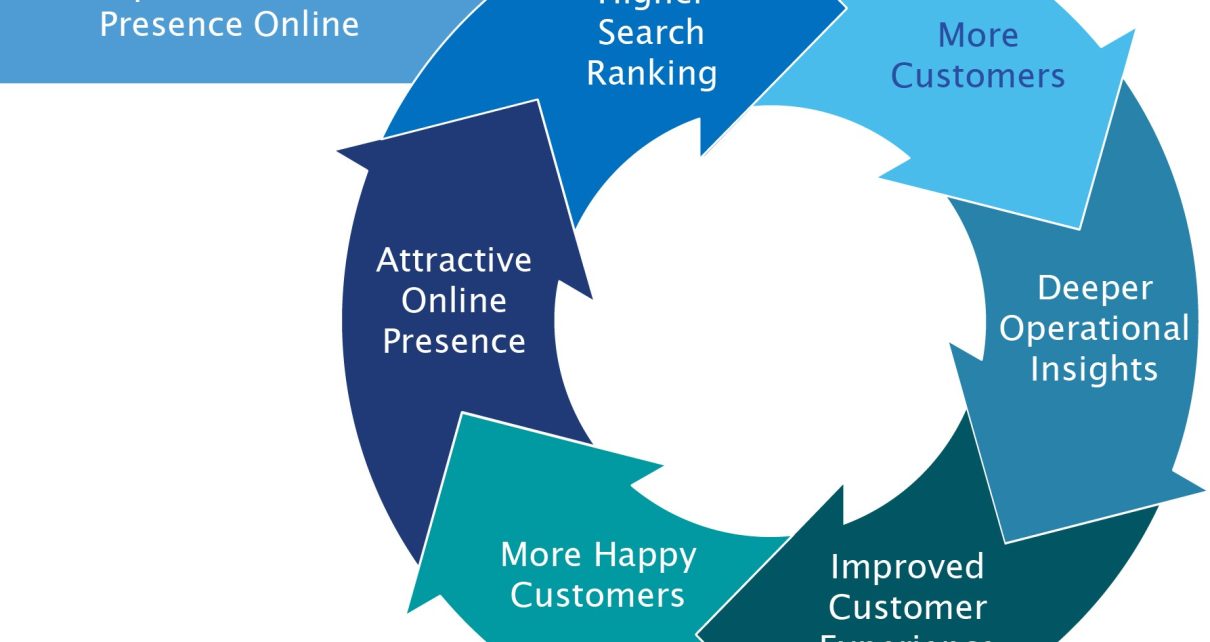Body
The idea of personalization in marketing has been a hot topic for several years now. With big data, we can get an understanding on how to best maneuver our markets and satisfy customer desires with amazing results – but there’s one thing that makes it even better: personalized service! This concept refers not just towards the human need for recognition or individuality (which everyone seeks), instead focusing more so as fulfilling what customers feel understood by which ultimately improves their experience; increasing sales significantly too because you’re reaching out exactly where needed. In this article, we will give a few examples of how businesses use big data to improve the customer journey and make all online customers feel like they are getting exactly what they want.
Table of Contents
Personalization of Brands
Personalization is key to all businesses and is at the heart of some of the most profitable global brands, including Coca-Cola, Facebook, Amazon, and Walmart. But first, they needed to collect data using methods such as:
- Purchasing data from brokers
- Analytic tools are used to generate statistics.
- Monitoring social media activity
- Conducting polls
By adjusting to complaints and avoiding backlash and reputational damage, consumer data assists brands in maintaining a clean image.
Customers’ current situation and history are both important. Regardless, your big data deductions must generate insights about your customers’ current situation. Knowing a customer’s current spending capacity, for example, can help personalize discounts and product recommendations.
The Role of Personalization in Business
Identifying the right customer needs aids in the generation of leads and sales. Meeting customer needs encourages loyalty, especially when the company is supported by positive feedback from previous customers.
However, incorrect personalization implementation can have the same magnitude of negative impact. As a result, brands must ensure accuracy at all levels of data analysis.
Using big data, a brand can learn from other businesses’ failures to meet customer expectations. It may also devise strategies to address negative customer experiences the brand has experienced in the past.
Personalization through Customer Journey Mapping
Mapping the buyers’ path to purchase is a strategic approach to implementing personalization.
Identify key consumer touchpoints to pinpoint areas where your customer service falls short. Correct execution of the checkpoints in a customer’s journey gives the brand control while allowing the customer to feel in control. For example, you can begin by determining your customer’s preferred platform for communicating with the company.
Learning your customers’ needs while using various platforms can help you target their contextual needs. Customers, for example, may respond to advertisements for luxury goods and services on platforms such as Facebook and Snapchat while ignoring the same on work-related platforms such as LinkedIn. On Instagram, images elicit more interactions than text, whereas on Twitter, the opposite is true.
You should also consider the best time to advertise based on previous interactions with customers.
Data Types for Personalization
Demographic information
Demographic data include a customer’s age, gender, location, and close associates. Because people of the same demographics do not always have the same needs, demographic information provides a generic approach. For example, you could end up marketing educational products to students while the buyers are their guardians.
Contextual data
Customers’ preferred time, store branch, device, season, channel (e.g., email), and browser are examples of such data. You can use artificial intelligence and machine learning tools to tailor services based on this data.
Behavioral data
Consumption habits, frequently visited sites, incomplete purchases, abandoned carts, content preference, search keywords, and transactional history are examples of behavioral data. Because observations are based on customer choices, behavioral data is extremely accurate.
Individuals, organizations, and governments all use email as their primary means of communication. For starters, addressing customers by their first names is now standard practice in customer service. The level of email customization, timeliness, and media suitability determine how satisfied your customers are with your services. Emails that check all of the customization boxes are more likely to generate sales.
Website Data
Cookies can be exchanged between the devices of customers and the servers of the company. Cookies allow you to identify customers before they sign in or respond to emails. You can also investigate how customers use apps to access more detailed information.
Personalization Strategic Implementation
To effectively implement personalization, you must distinguish between data that will be useful for a long time and data that must be fresh. For example, wellness brands may find old data about a chronic condition useful, but data about curable conditions must be current.
You should also delve into the details to draw more specific conclusions. For example, you can compare a consumer’s preferred products and alternatives and discover the common feature that draws them in order to adjust your marketing accordingly. You can also study the offerings and pages a customer views rather than just the websites they visit.
Recap
Personalization should be the driving force behind the creation of a brand. Customers may forget a company’s visual aspects or how unique its services are, but they will never forget the level of satisfaction they receive.
You attract customers who need what you’re selling by setting a standard of expectation. The secret to personalization is consistency.

